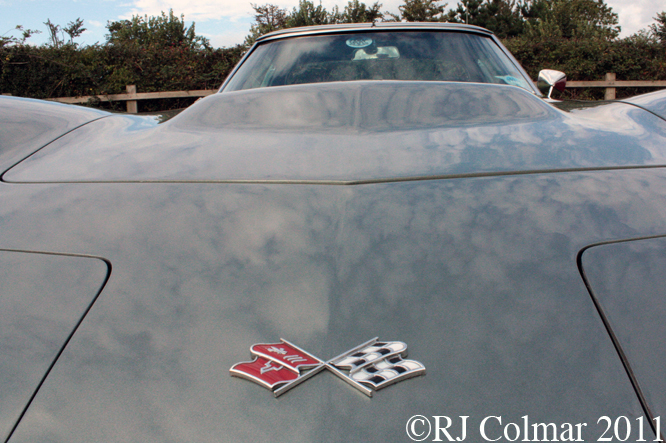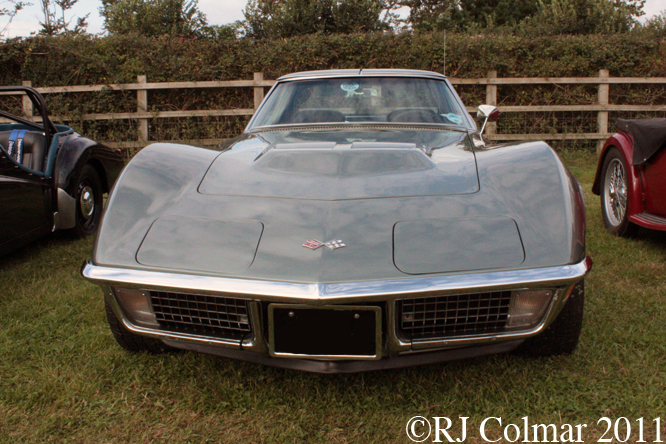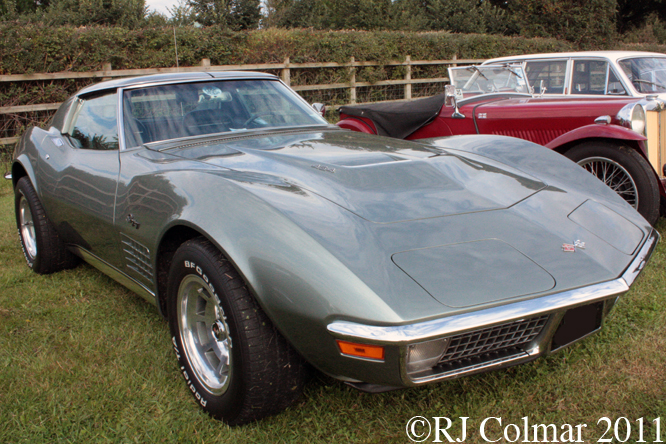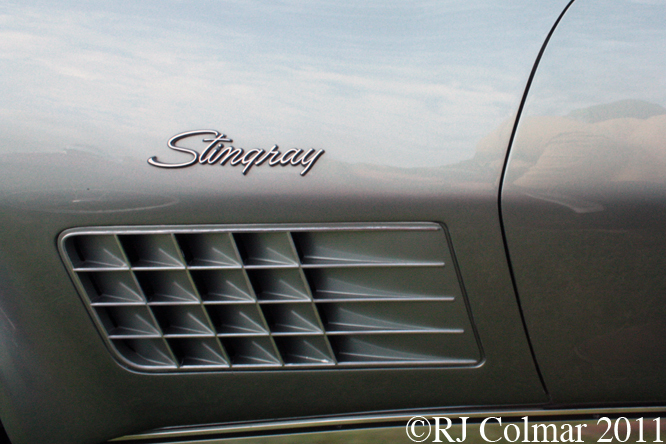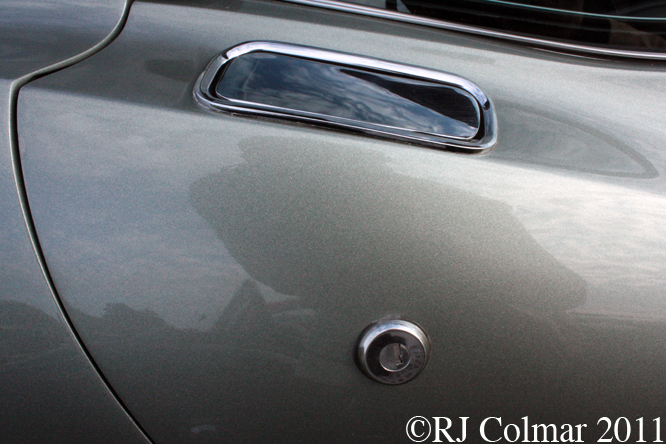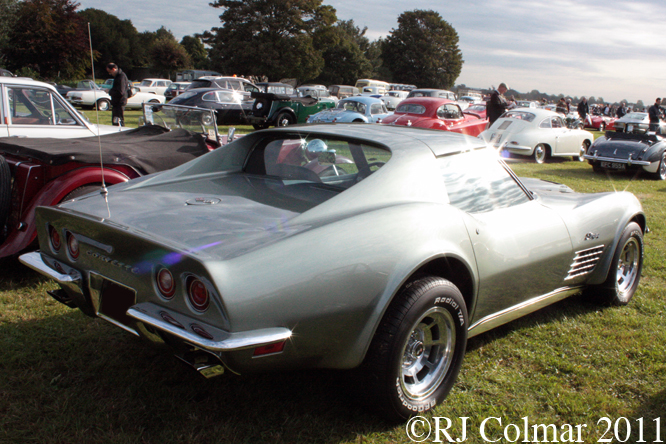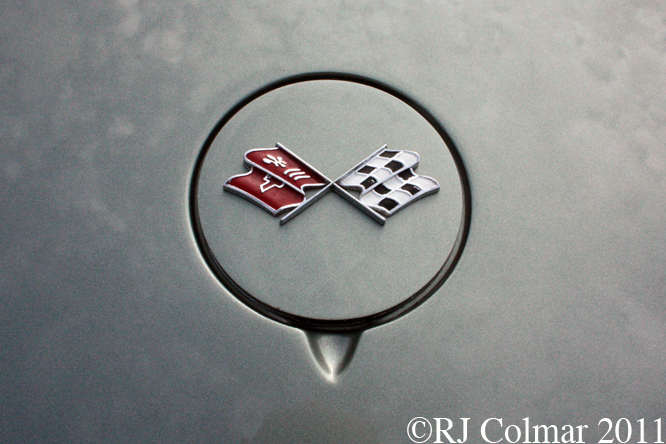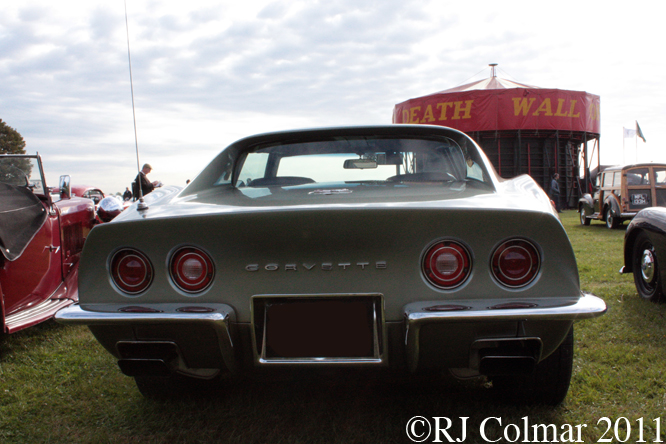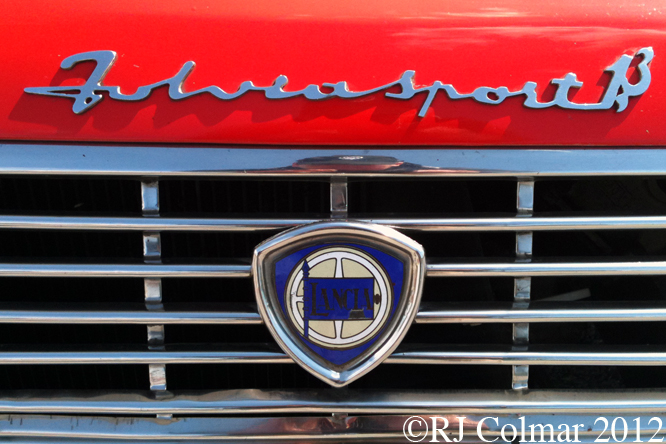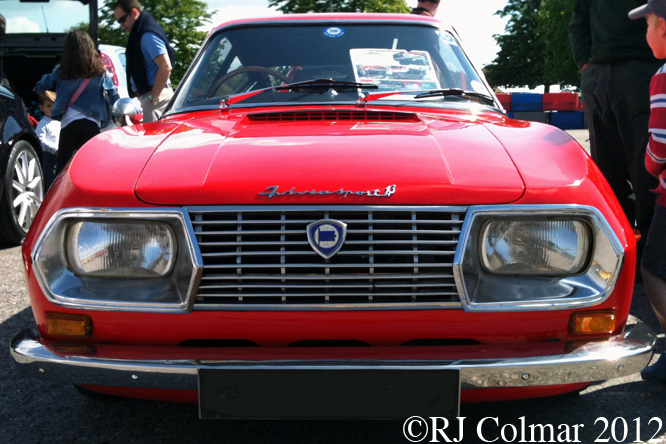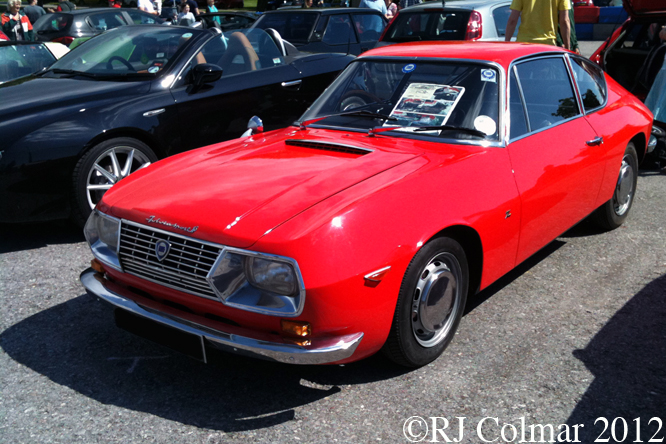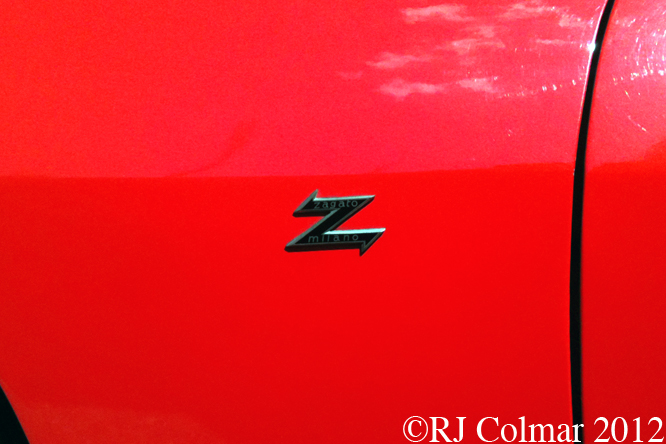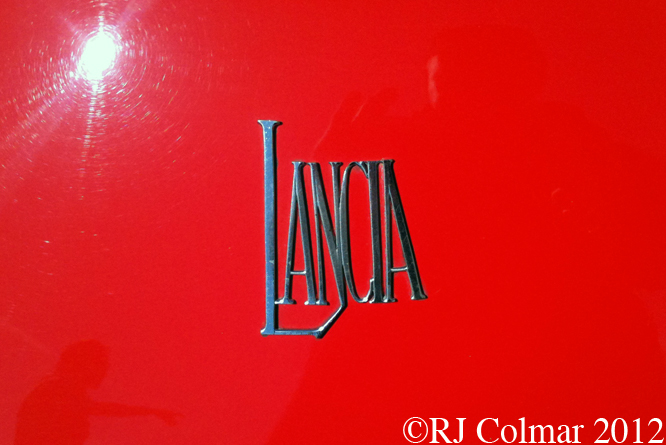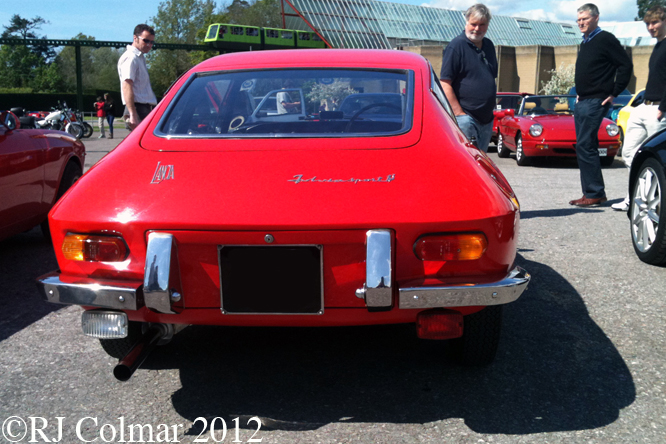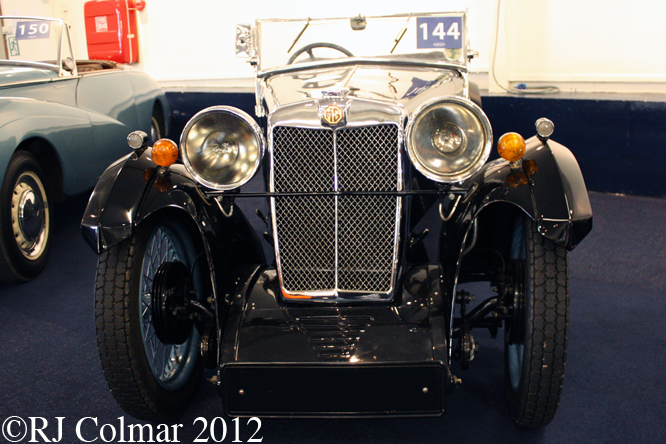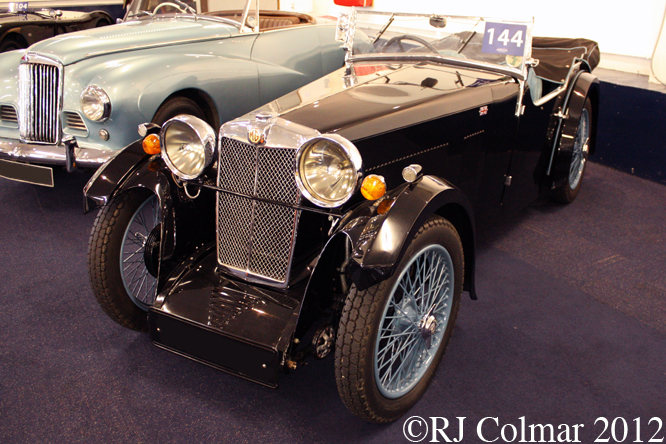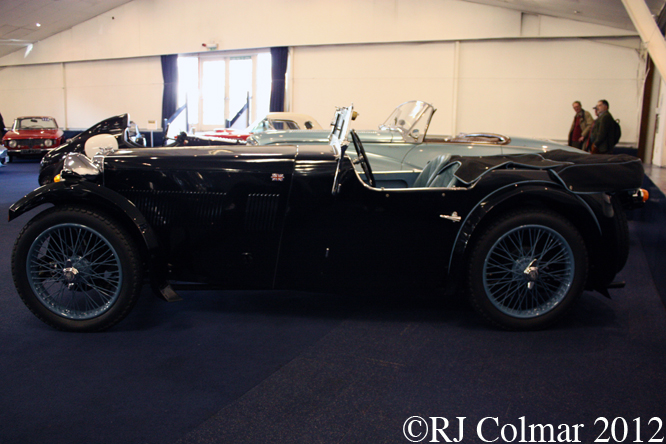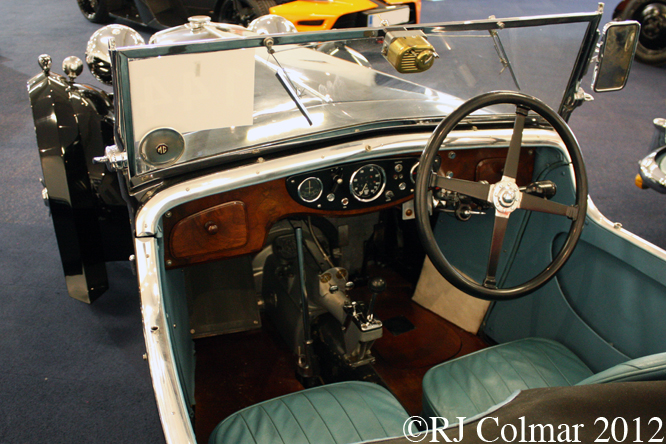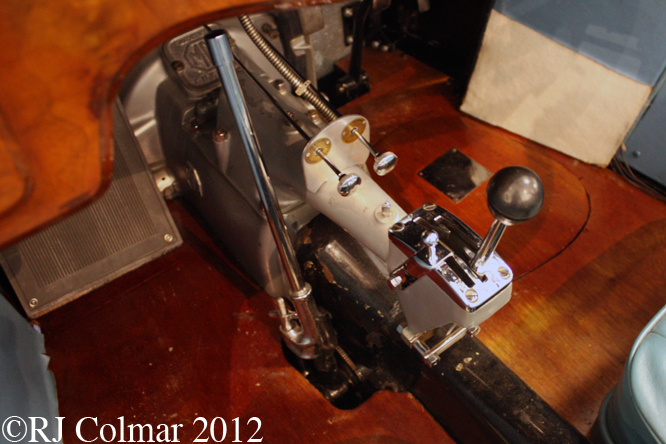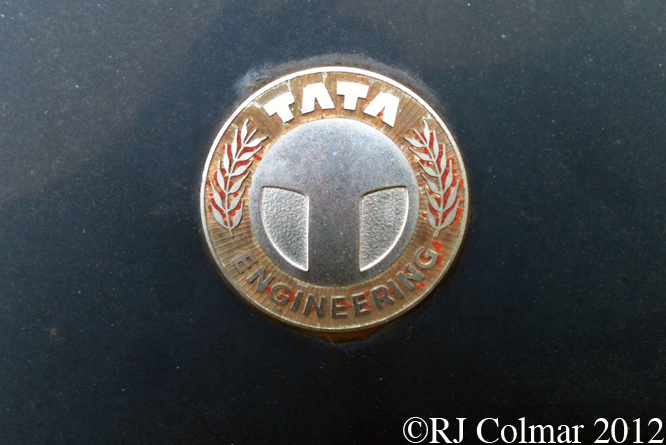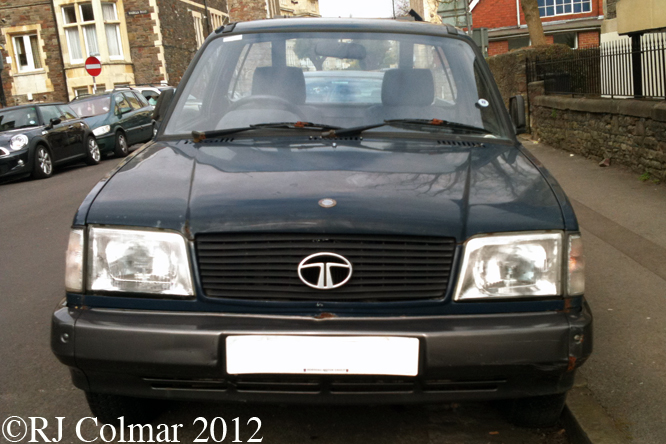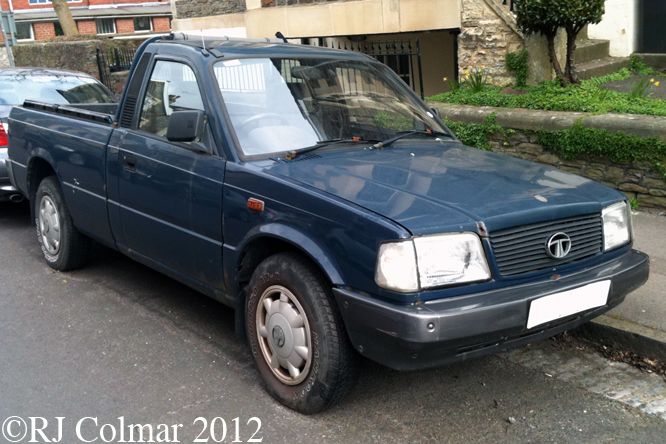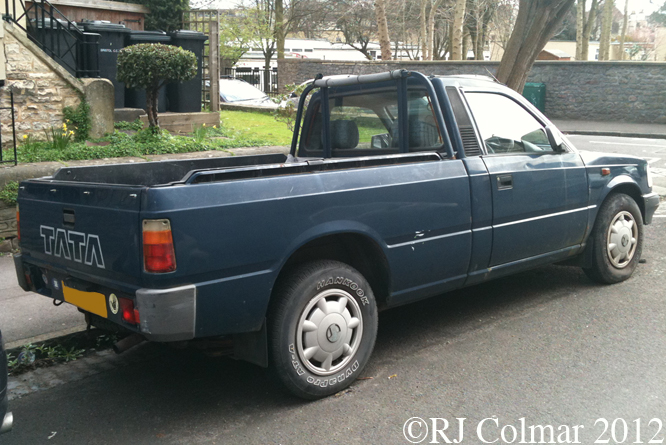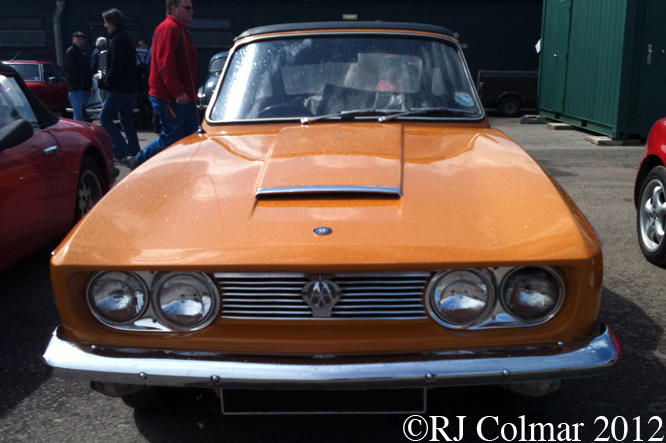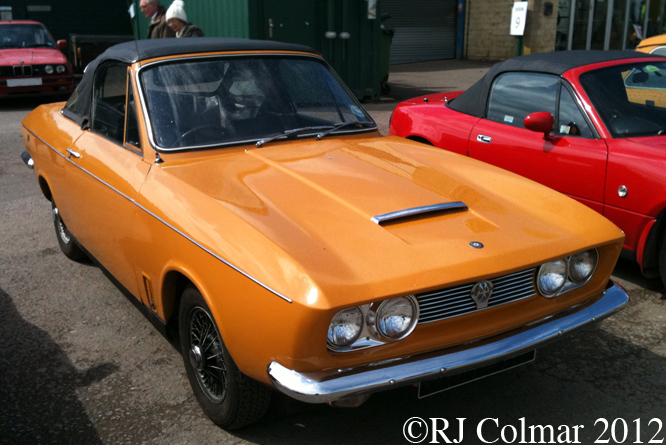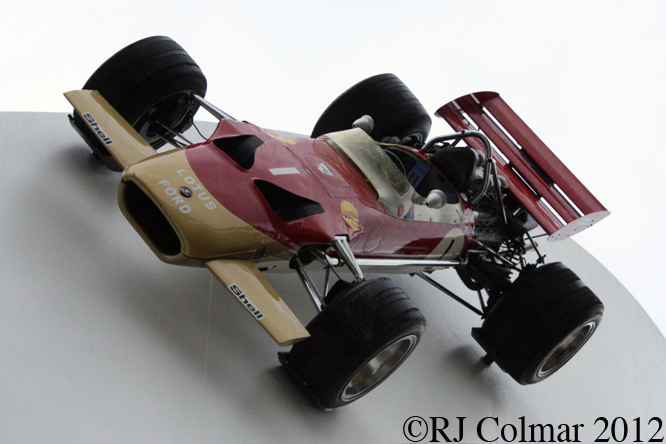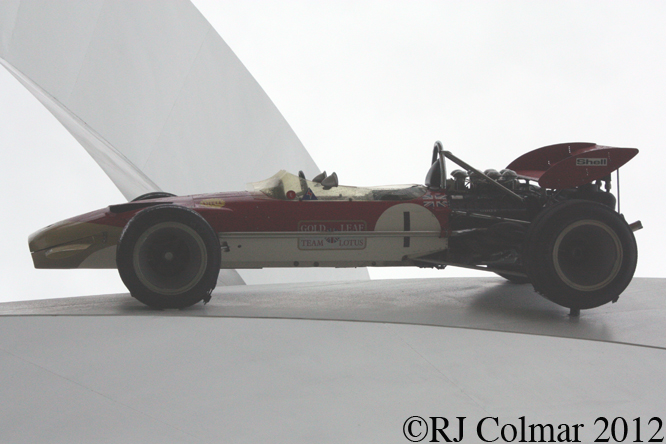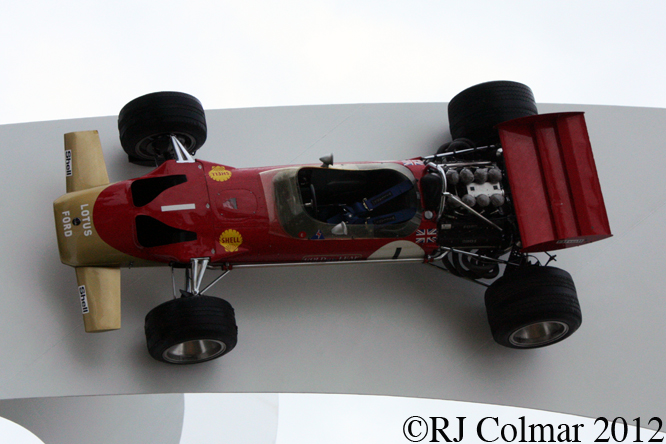Today’s featured Ferrari is a 512M replica of the type that I looked at last June.
My research indicates this car appears to be one of at least 2 replica’s built by Bob Houghton in the UK around 1990.
While I was looking into the history of todays featured car I was surprised to learn that 1964 World Champion ‘Big’ John Surtess drove a Ferrari 512S, chassis #1038, in a little remembered return to the Ferrari fold, with Jacky Ickx to finish 2nd in 1970 Spa 1000 kms behind the Porsche 917 driven by Jo Siffert and Brian Redman.
Surtees who became World Champion, driving for Ferrari in 1964, walked out on the team at Le Mans in 1966 after a disagreement over driver arrangements for the 24 hour classic. In the process Surtees threw away a good shot at the 1966 World Championship in which he eventually finished 2nd despite driving an unfancied and unreliable Cooper Maserati for the balance of the 1966 season which had started well with a win for Ferrari in the 1966 Belgian Grand Prix.
Jacky Ickx again drove chassis #1038 on it’s second and final outing at Le Mans in 1970 sharing with Peter Schetty. A single accident in the rain had eliminated four other Ferrari 512S’s and a fifth had dropped out soon after the start. Ickx was in 6th place four hours after the start of the race and climbed all the way up to second around midnight before skidding off at the Ford Chicane killing one marshal injuring a second and writing off the car which was never to be seen again.
Thanks for joining me on this “Big John’s Return” edition of “Gettin’ a li’l psycho on tyres” I hope you will join me again tomorrow. Don’t forget to come back now !
PS 18 08 12 Thanks to Tim Murray for pointing out that John Surtees won the Belgian Grand Prix driving a Ferrari 1966 not the Monaco Grand Prix as originally stated.



